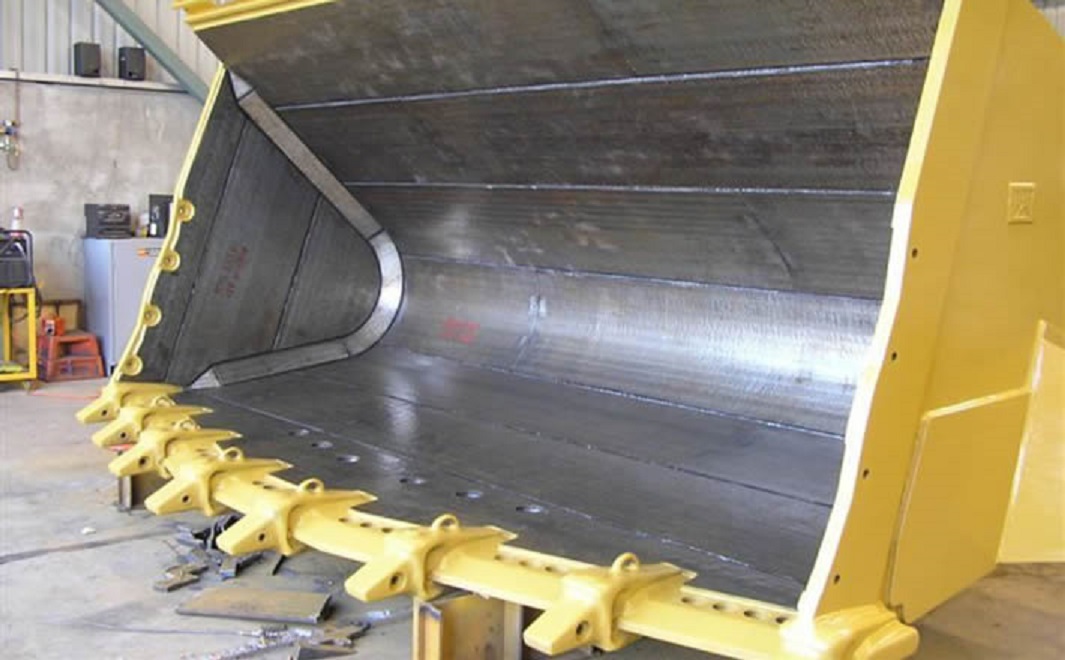
Martin Engineering has introduced a wear-resistant fused alloy plate that it says can withstand more abrasion than other protective metal linings.
Martin Arcoplate has a smooth and dense chromium carbide-rich metal alloy face plate and a hard steel back plate which allows it to resist gouging, erosion, temperature extremes and material buildup. Installing it on surfaces exposed to abrasive conditions can increase protection for longer equipment life with less frequent maintenance, the company says.
‘Materials with a large amount of silica can be very abrasive, accelerating wear on metal surfaces,’ commented Andrey Leonardo Ribeiro de Miranda, application engineer at Martin Engineering. ‘Applications in which materials are extremely abrasive or hot also damage equipment, chutes and containers. When an unprotected metal surface structure is reduced in thickness over time, it runs the risk of sudden breakage or buckling. Over the long run, clients have found that prevention is far more cost effective than constant maintenance and replacement.’
Three grades
Made with a chemical composition of iron, carbon, chromium, manganese and silicon, Martin Arcoplate is currently available in three grades: Alloy 1600 for high abrasion and high impact applications, Alloy 1040 for moderate impact and cyclic temperatures up to 500°C (932°F) and Alloy 8668 for extreme temperature applications – cycles up to 700°C (1,292°F). Each incorporates very hard M7C3 carbides (1500-1800Hv), with an average of 60% carbide dispersed through a softer, tougher matrix.
Martin Arcoplate is suitable for use in for chutes, hoppers, dump truck beds, excavator buckets, front loader shovels, and other bulk material equipment in need of protection.
This story uses material from Martin Engineering, with editorial changes made by Materials Today. The views expressed in this article do not necessarily represent those of Elsevier.




